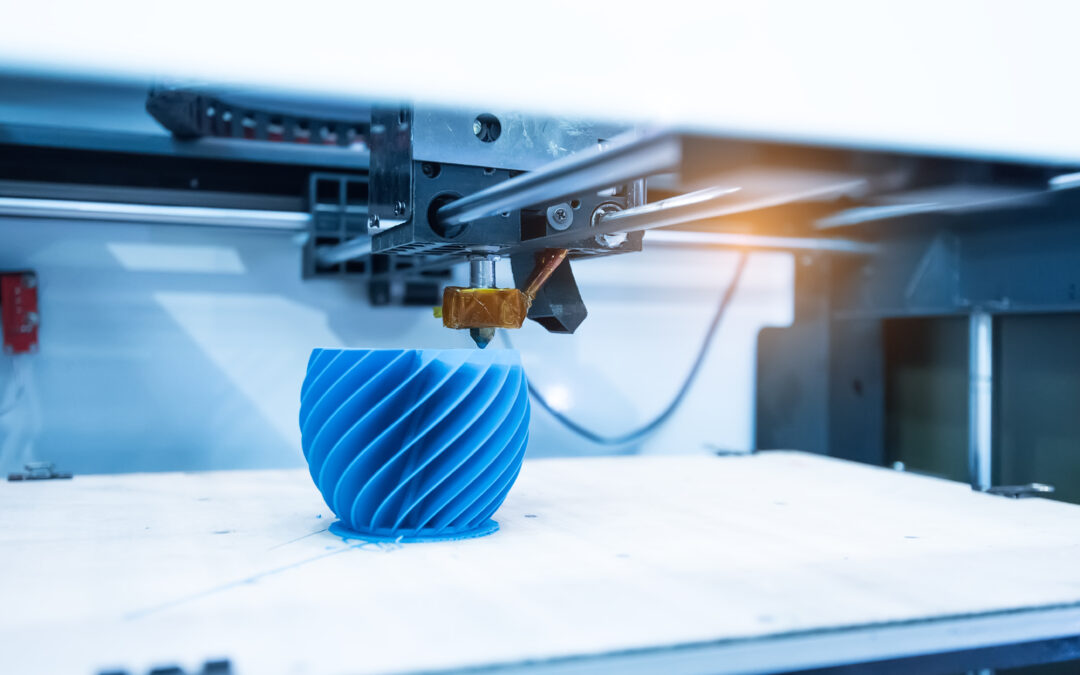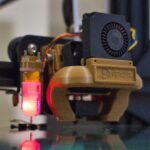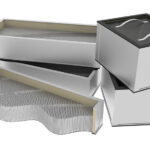In the growing world of 3D printing, where innovation and technology intersect to create everything from intricate medical devices to aerospace components, one aspect often overlooked is the need for effective fume extraction.
The growing popularity and accessibility of 3D printing technology have brought with it a host of environmental and health considerations, particularly concerning the emission of potentially harmful fumes. This is where fume extractors play a crucial role, ensuring a safe and sustainable printing process.
Understanding the Emissions from 3D Printers
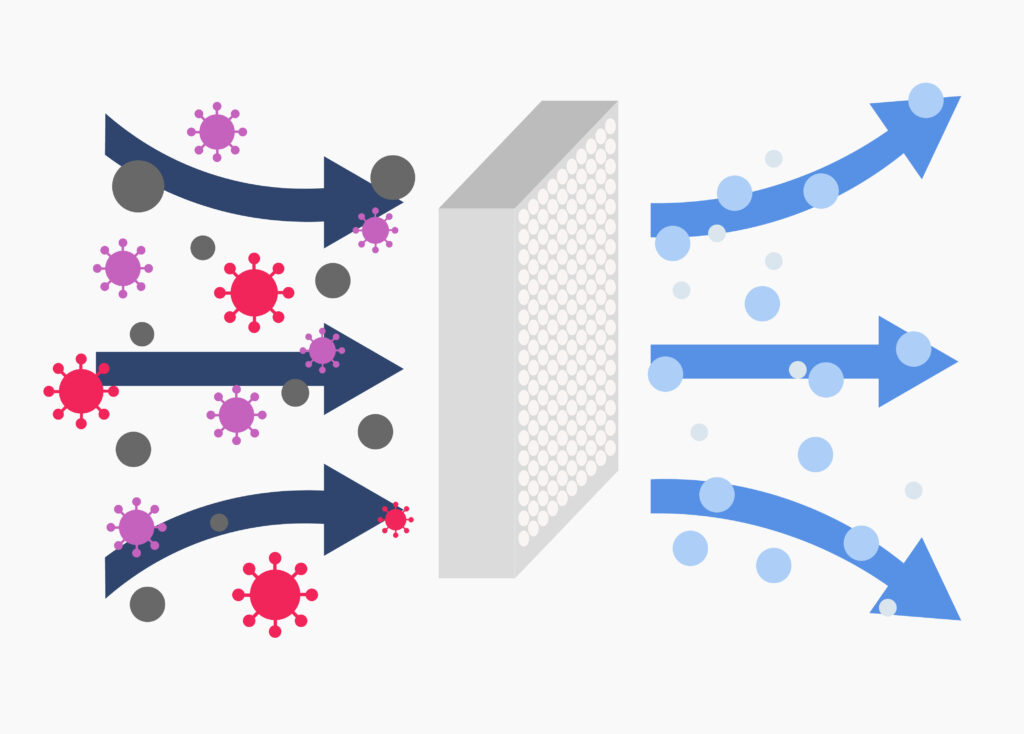
3D printers, especially those utilizing methods like Fused Deposition Modeling (FDM), emit a range of volatile organic compounds (VOCs) and ultrafine particles (UFPs) during the printing process.
Materials like ABS (Acrylonitrile Butadiene Styrene) and PLA (Polylactic Acid), commonly used in 3D printing, can release styrene and other harmful compounds when heated.
These emissions, if not adequately managed, can pose significant health risks, including respiratory problems, headaches, and in extreme cases, neurological effects.
The Health and Safety Imperative
Occupational Safety and Health Administration (OSHA) standards mandate the creation of a safe working environment, which extends to air quality. Inadequate ventilation in spaces where 3D printers operate can lead to the accumulation of hazardous fumes. Fume extractors serve as a critical defense, capturing and filtering out these airborne contaminants before they pose a health risk to operators and bystanders.
Protecting Equipment and Product Quality
Beyond health concerns, there’s also the matter of maintaining equipment efficiency and product quality. The accumulation of particulates and fumes can damage sensitive components of 3D printers, leading to costly repairs and maintenance. Furthermore, a clean and controlled environment is essential for producing high-quality prints, as airborne particles can adhere to and affect the surface finish of printed items.
The Efficiency and Productivity Angle
Incorporating fume extractors into 3D printing setups isn’t just about safety and compliance; it’s also a matter of efficiency and productivity. A cleaner work environment ensures fewer disruptions due to health concerns or equipment malfunctions. It also fosters a more comfortable and thus more productive workspace for those operating the machinery.
Filtrabox Delivers
Filtrabox, a leading name in air filtration solutions, has developed the Micro 3DP and CompactX 3DP systems, specifically engineered to tackle the unique challenges posed by 3D printing fumes. These innovative systems represent a significant step forward in ensuring safer and more efficient 3D printing environments.
“As we continue to push the boundaries of what’s possible with 3D printing, it’s crucial to acknowledge the environmental and health aspects of this technology. At Filtrabox, we believe that effective fume extraction is not just an added feature but a fundamental part of responsible 3D printing.
Our systems are designed to capture harmful emissions at the source, ensuring a safer work environment and contributing to the overall efficiency and longevity of the printing process. We’re committed to making 3D printing both innovative and sustainable,” says President of Filtrabox Wayne Baird.
The Micro 3DP: Tailored for Smaller 3D Printers
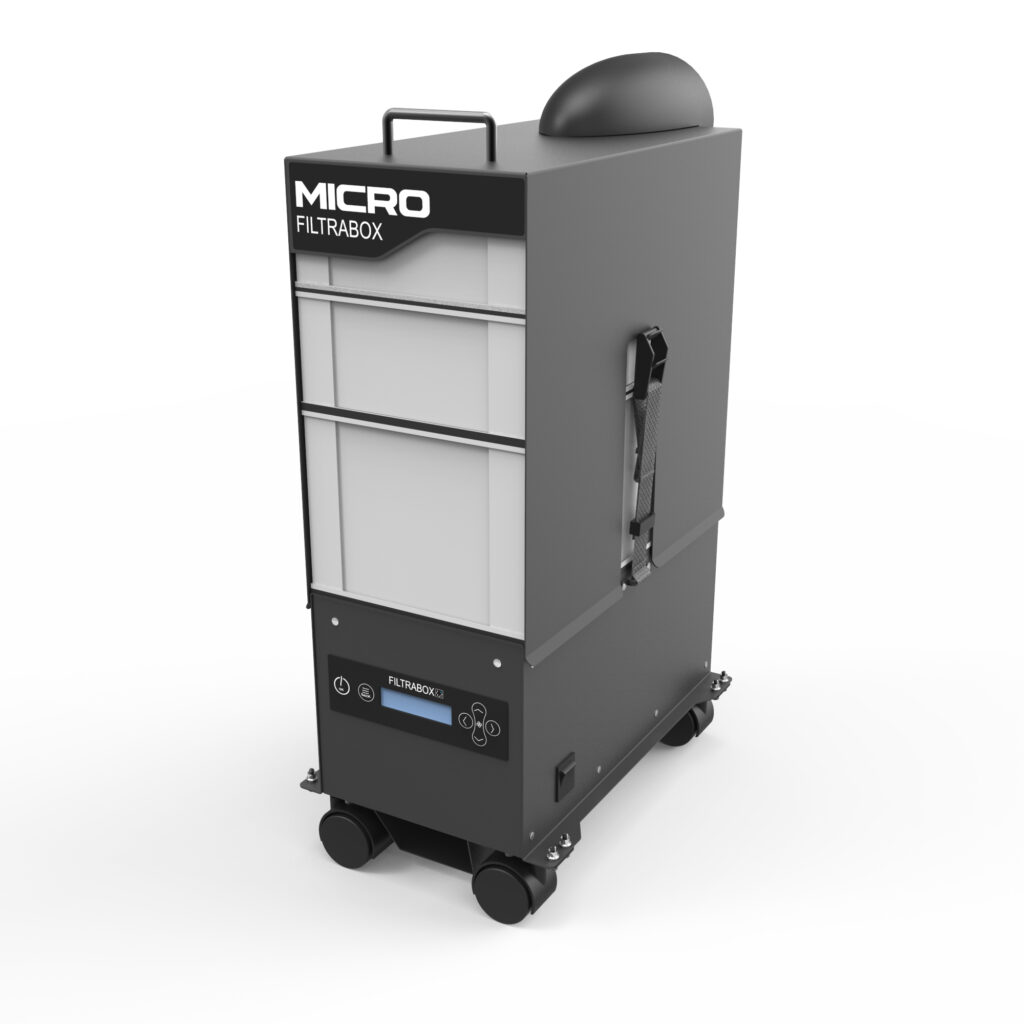
The Micro 3DP is Filtrabox’s answer to the needs of smaller 3D printers, commonly used in educational settings, small businesses, and by hobbyists.
Understanding that these environments require compact yet effective solutions, the Micro 3DP is designed to be space-efficient, easily integrated into smaller workspaces without compromising on performance.
It employs advanced filtration technology to capture and neutralize a wide range of emissions, from ultrafine particles to volatile organic compounds, ensuring a clean and safe environment.
The CompactX 3DP: A Robust Solution for Larger Setups
For larger and more industrially-oriented 3D printing operations, Filtrabox has introduced the CompactX 3DP. This system is built to handle the more substantial emission load of large-scale printers, providing robust filtration capabilities.
It features a multi-stage filtration process, including HEPA and activated carbon filters, capable of effectively removing even the most minute particulates and gaseous pollutants.
Its design is geared towards easy integration into professional environments, offering both efficiency and reliability for continuous, heavy-duty use.
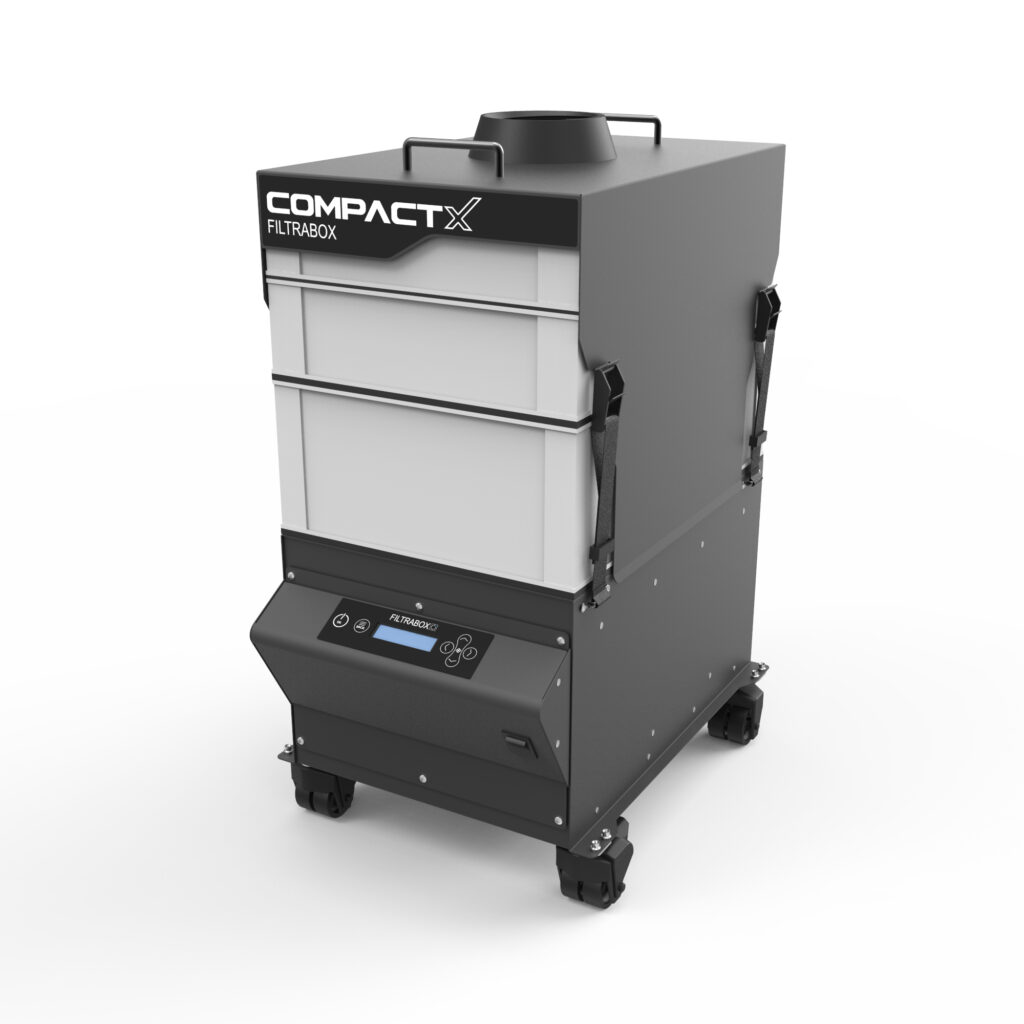
Both the Micro 3DP and CompactX 3DP systems embody Filtrabox’s commitment to enhancing the safety and sustainability of 3D printing. By addressing the specific needs of different scales of 3D printing operations, these systems ensure that businesses, educational institutions, and hobbyists can continue to innovate and create, while also prioritizing health and environmental responsibility.
As 3D printing technology continues to evolve and become more prevalent in various industries, the importance of managing its by-products cannot be overstated. Fume extractors are not just an accessory but an essential component of any 3D printing setup.
They play a pivotal role in safeguarding health, ensuring compliance with safety regulations, protecting equipment, maintaining product quality, and enhancing overall productivity. As we embrace the benefits of 3D printing, let us not overlook the necessity of integrating effective fume extraction solutions into these innovative workspaces.


